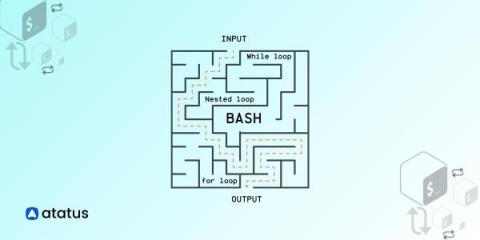9 Business Process Management Examples: See Modern BPM In Action
Business process management (BPM) can help organizations in any industry streamline processes in any department. Even though the discipline has been around for years, the benefits of BPM are as real as ever. In the short term, organizations can use BPM to decrease costs and improve efficiency, which can lead to more revenue and faster growth. In the long run, a strong BPM practice helps organizations create and maintain competitive advantage by improving their agility.











